
Data centers are an essential part of a modern enterprise, but they come with a hefty energy cost. To complicate matters, energy costs are rising and the need for data centers continues to expand, with a market size projected to grow 25% from 2023 to 2030. Globally, energy costs are already negatively affecting data centers and high-performance computing (HPC) systems. To alleviate the energy��
]]>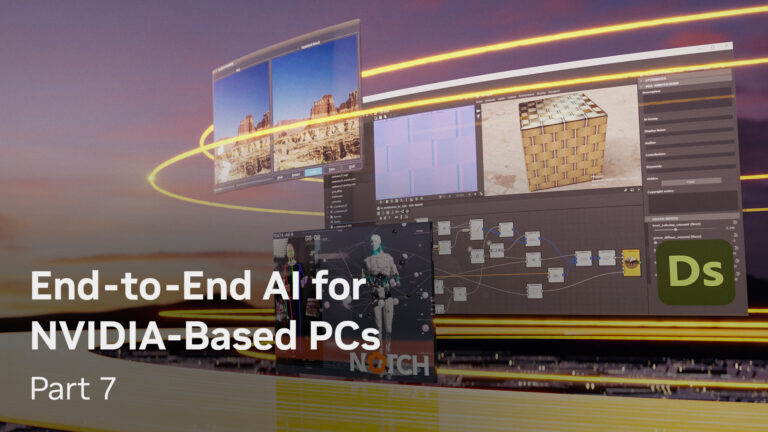
This post is part of a series about optimizing end-to-end AI. The performance of AI models is heavily influenced by the precision of the computational resources being used. Lower precision can lead to faster processing speeds and reduced memory usage, while higher precision can contribute to more accurate results. Finding the right balance between precision and performance is crucial for��
]]>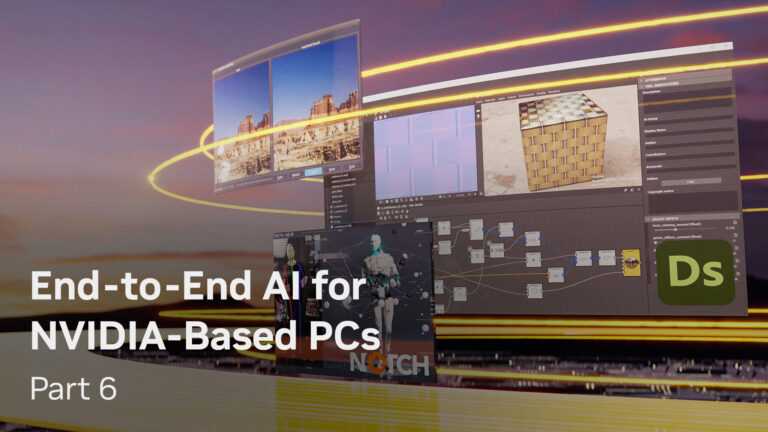
This post is part of a series about optimizing end-to-end AI. While NVIDIA hardware can process the individual operations that constitute a neural network incredibly fast, it is important to ensure that you are using the tools correctly. Using the respective tools such as ONNX Runtime or TensorRT out of the box with ONNX usually gives you good performance, but why settle for good performance��
]]>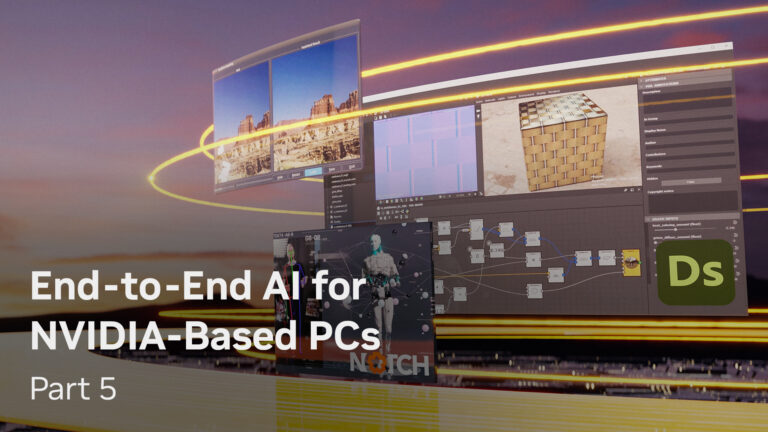
This post is the fifth in a series about optimizing end-to-end AI. NVIDIA TensorRT is a solution for speed-of-light inference deployment on NVIDIA hardware. Provided with an AI model architecture, TensorRT can be used pre-deployment to run an excessive search for the most efficient execution strategy. TensorRT optimizations include reordering operations in a graph��
]]>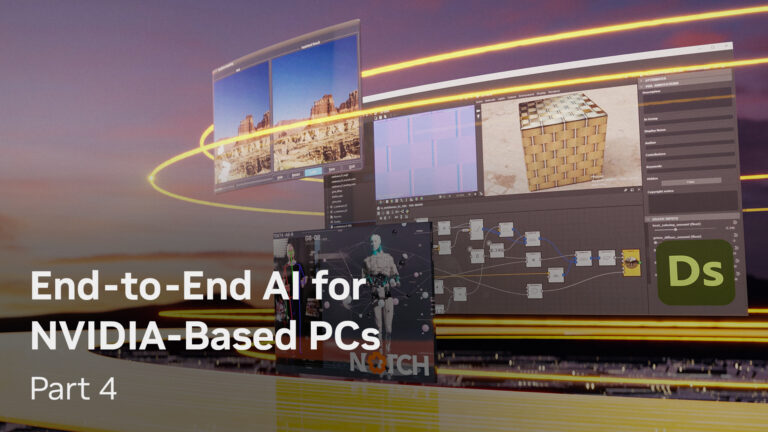
This post is the fourth in a series about optimizing end-to-end AI. As explained in the previous post in the End-to-End AI for NVIDIA-Based PCs series, there are multiple execution providers (EPs) in ONNX Runtime that enable the use of hardware-specific features or optimizations for a given deployment scenario. This post covers the CUDA EP and TensorRT EP using the highly optimized NVIDIA��
]]>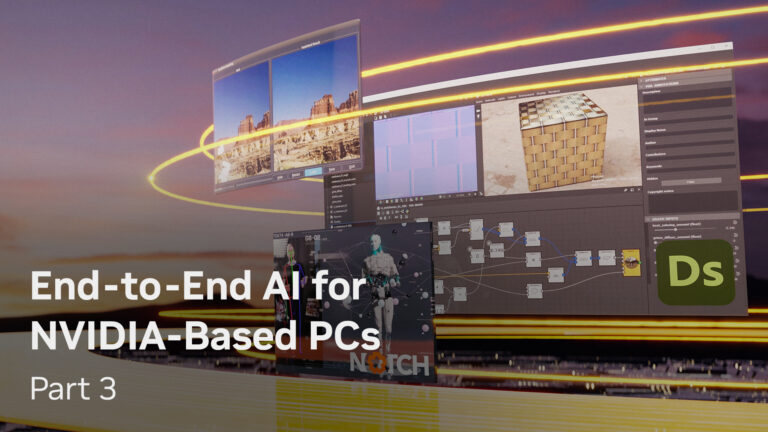
This post is the third in a series about optimizing end-to-end AI. When your model has been converted to the ONNX format, there are several ways to deploy it, each with advantages and drawbacks. One method is to use ONNX Runtime. ONNX Runtime serves as the backend, reading a model from an intermediate representation (ONNX), handling the inference session, and scheduling execution on an��
]]>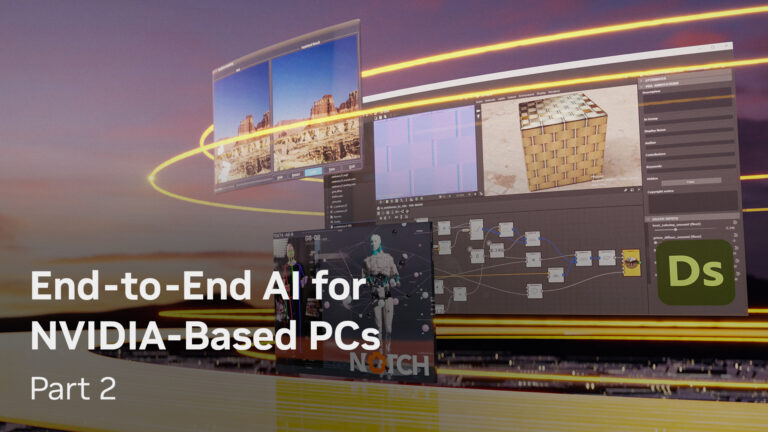
This post is the second in a series about optimizing end-to-end AI. In this post, I discuss how to use ONNX to transition your AI models from research to production while avoiding common mistakes. Considering that PyTorch has become the most popular machine learning framework, all my examples use it but I also supply references to TensorFlow tutorials. ONNX (Open Neural Network��
]]>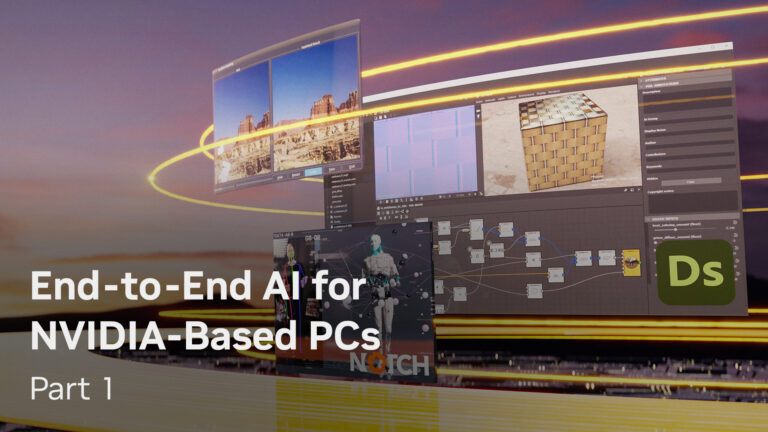
This post is the first in a series about optimizing end-to-end AI. The great thing about the GPU is that it offers tremendous parallelism; it allows you to perform many tasks at the same time. At its most granular level, this comes down to the fact that there are thousands of tiny processing cores that run the same instruction at the same time. But that is not where such parallelism stops.
]]>